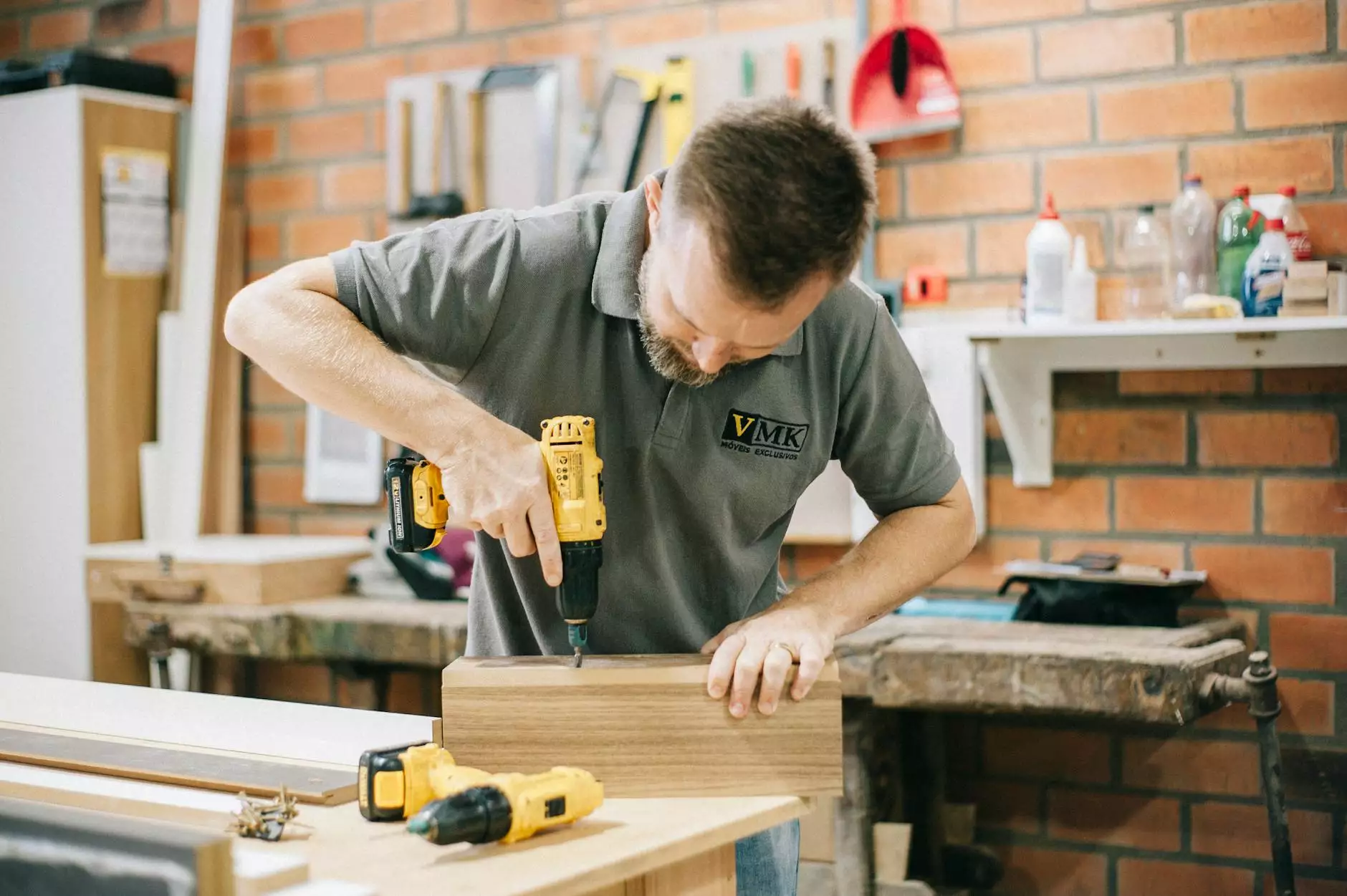The Importance of Automotive Plastic Parts in Today's Manufacturing Landscape

Automotive plastic parts have become an essential component in the automotive industry, contributing to vehicle performance, safety, and overall aesthetics. As the demand for lighter, more efficient vehicles increases, manufacturers are increasingly reliant on advanced plastics to meet these needs. This article delves into the various aspects of automotive plastic parts, including their benefits, applications, materials used, and future trends in the industry.
1. The Evolution of Automotive Plastic Parts
The journey of automotive plastic parts starts in the mid-20th century when the automotive industry began to experiment with new materials. Initially, metals dominated the production landscape, but as engineers sought to enhance vehicle performance and reduce weight, plastics emerged as a viable alternative. Today, nearly every vehicle on the road contains some form of plastic components, from dashboards to body panels.
2. Advantages of Using Plastic in Automotive Manufacturing
Integrating plastics into automotive design comes with numerous advantages, including:
- Weight Reduction: One of the most significant benefits of automotive plastic parts is their ability to reduce the overall weight of the vehicle. A lighter vehicle typically results in improved fuel efficiency and performance.
- Corrosion Resistance: Plastics are naturally resistant to corrosion and do not rust like metal components, leading to longer-lasting parts with lower maintenance costs.
- Manufacturing Flexibility: The versatility of plastics allows for complex shapes and designs that would be challenging to achieve with traditional materials.
- Cost-Effectiveness: Plastic parts can often be produced more cheaply than their metal counterparts, helping manufacturers to save on production costs without sacrificing quality.
- Improved Safety: Many plastics have excellent impact resistance, contributing to the vehicle’s safety features.
3. Common Applications of Automotive Plastic Parts
Automotive plastic parts can be found throughout a vehicle in various applications:
3.1 Exterior Components
High-quality plastics are often used in:
- Body Panels: As car designs require sleek and aerodynamic shapes, plastics allow for these innovations.
- Bumpers: Plastic bumpers absorb impacts better than metal, thus enhancing safety.
- Grilles and Emblems: Aesthetic parts can be crafted from plastics with various finishes.
3.2 Interior Components
Inside the vehicle, plastics play a vital role in:
- Dashboard Assemblies: Offering a lightweight yet robust structure.
- Seat Components: Including supports, padding, and coverings that enhance comfort.
- Door Panels: Providing durability and design flexibility.
3.3 Engine and Under-the-Hood Applications
In the engine compartment, automotive plastic parts are critical for:
- Intake Manifolds: Plastic components reduce weight while resisting temperature fluctuations.
- Fluid Reservoirs: Plastics handle various fluids without corrosion.
- Engine Covers: Providing a lightweight and noise-dampening option.
4. Types of Plastics Used in Automotive Parts
Various types of plastics are utilized in the manufacturing of automotive plastic parts, each offering unique properties:
- ABS (Acrylonitrile Butadiene Styrene): Known for its toughness and impact resistance, making it suitable for interior and exterior applications.
- PP (Polypropylene): Lightweight and resistant to chemical exposure, often used in bumpers and various interior parts.
- PVC (Polyvinyl Chloride): Commonly used in wiring insulation, flooring, and interior trim materials.
- Polycarbonate: Highly transparent and impact-resistant, useful for headlight lenses.
- PET (Polyethylene Terephthalate): Used in bottles and also as a material for interior components.
5. The Manufacturing Process of Automotive Plastic Parts
The production of automotive plastic parts involves several key steps:
5.1 Material Selection
Choosing the right type of plastic is critical, depending on the application requirements, cost considerations, and environmental factors.
5.2 Molding Techniques
Common molding processes include:
- Injection Molding: This widely used method involves injecting molten plastic into a mold, allowing for high-volume production of intricate shapes.
- Blow Molding: Typically used for hollow objects, this process involves inflating molten plastic into a mold.
- Thermoforming: Sheets of plastic are heated and formed into desired shapes, ideal for simpler parts.
5.3 Assembly and Finishing
After the parts are manufactured, they undergo assembly and finishing processes to ensure they meet quality standards and fit seamlessly within the vehicle.
6. Environmental Impact and Sustainability in Automotive Plastic Parts
As sustainability becomes a crucial focus in manufacturing, the automotive sector is adapting by:
- Recycling Programs: Many manufacturers are exploring ways to recycle plastics from end-of-life vehicles.
- Bio-Based Plastics: Introduction of bioplastics made from renewable sources to reduce carbon footprints.
- Life Cycle Assessments: Conducting assessments to understand environmental impacts better and make informed material choices.
7. The Future of Automotive Plastic Parts
The future of automotive plastic parts is bright and full of potential. Trends shaping the future include:
- Enhanced Materials: Researchers are focusing on advanced plastics with improved strength-to-weight ratios and thermal stability.
- 3D Printing: This innovative process allows for rapid prototyping and custom parts production, revolutionizing manufacturing.
- Smart Materials: The development of plastics that can change properties in response to environmental stimuli may provide new opportunities for automotive applications.
8. Conclusion
In conclusion, automotive plastic parts play a pivotal role in modern vehicle manufacturing. Their unique advantages, including weight reduction, cost-effectiveness, and design flexibility, make them indispensable in meeting the demands of the automotive industry. As technology advances, the possibilities for automotive plastics seem endless, paving the way for more innovative, sustainable, and efficient vehicles in the future.
For manufacturers looking to adopt advanced automotive solutions, partnering with reliable suppliers like Deep Mould can bring significant benefits, enabling them to stay ahead in a rapidly evolving market.









